It was a big year for science in the College of Natural Sciences. "Aren't they all?" you might be asking yourself. Point taken. Of course our faculty, postdocs, staff and students are at the forefront of discovery.
Though not all of the amazing work happening in the labs around this campus spread across the Interwebs like crazy ants (ahem), here we present the top six stories of 2013 that did. These are the stories that went particularly viral, catching the eyes and minds of many. Hook 'em!
Crazy Ants In Your Plants
An ant worse than the fire ant? Say it isn't so! Yes, the crazy ants are coming, and they are crowding out the much-maligned fire ant in many parts of Texas.
The story we wrote back in May about the invasive crazy ant has had everyone talking. The research, by scientists in the Department of Integrative Biology, has been featured on the websites for CNN, NPR, LiveScience, and the Smithsonian, among many others. Don't miss out on one of the biggest stories of the year!
What If We Could Quench the Thirst of Millions?
Would you believe a small plastic chip has the potential to quench the thirst of millions of people? In June we reported how a team led by Department of Chemistry scientists has devised just such a device. When combined with a small amount of voltage, this chip can remove the salt from seawater a nanoliter at a time. If the process can be scaled up and improved upon, it could change the world.
The story about this revolutionary device has spread across the web and appeared on such sites as EarthSky, DiscoveryNews, and NPR.
In a Galaxy Far Far Away
Have you ever wondered what the universe looked like 13.1 billion years ago? A team led by a Texas astronomer has found and measured the distance to the most distant galaxy ever found. The galaxy appears as it did just 700 million years after the big bang!
News of this remarkable find has made a bit of noise, appearing on the websites for National Geographic, Popular Science, CNN, and EarthSky. The research was also the most popular of our stories to appear on the IFLS Facebook page!
In Mouse Versus Scorpion, Mouse Wins
You thought Chuck Norris was tough? Grasshopper mice just might be tougher. These little creatures voraciously kill and consume bark scorpions while shaking off repeated venom-packed stings. The venom in one sting would kill other similar-sized creatures. So what makes this mouse different?
The story of the little mouse that could has been bouncing all around the Internet, both domestically and internationally. Three of the bigger sites it has shown up on are National Geographic, Scientific American, and Smithsonian. It was also the second most popular of our stories to appear on the IFLS Facebook page.
So what have scientists in the Department of Neuroscience figured out that makes this mouse so mighty?
Packing Particle Power in a Small Package
Scientists in the Department of Physics have managed to shrink a particle accelerator by a factor of around 10,000! A machine that would normally stretch the length of over two football fields can now fit on a table.
This amazing feat has been featured on the websites for Popular Science and NBC News, as well as the IFLS Facebook page.
Our story from June discusses what this tabletop accelerator could mean for other areas of science.
Tiny Bacterial Zoos: Not Great for Visiting. Great for Science.
What do you get when you mix Jello, bacteria, and lasers? If you're a UT scientist, you get 3-D cages that are the perfect size for studying groups of bacteria and how they interact. Researchers in the Departments of Chemistry and Molecular Biosciences joined forces to create these tiny zoos, which we reported on back in October.
The research has been featured on the websites for Popular Science, Wired, and LiveScience, and also popped up on the IFLS Facebook page.









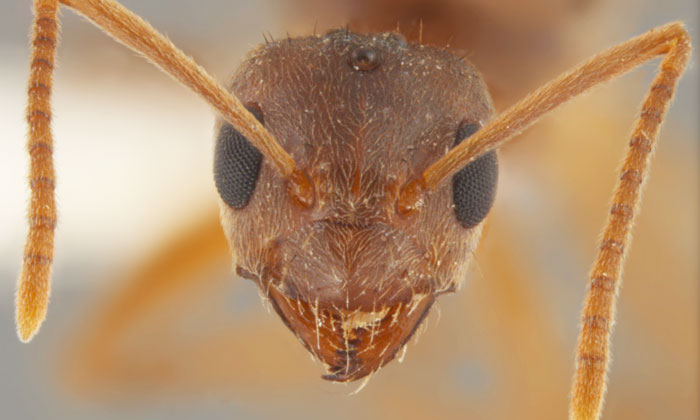
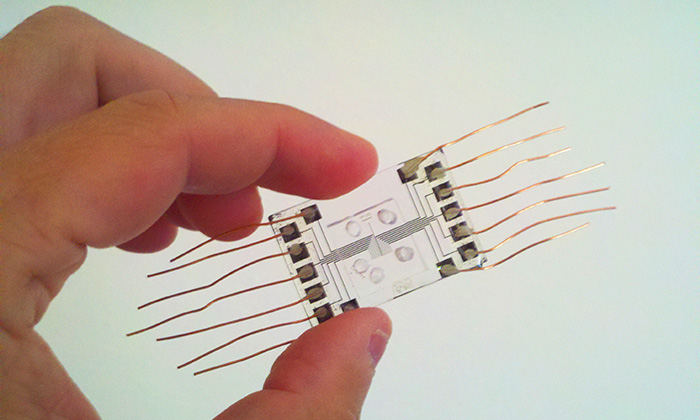

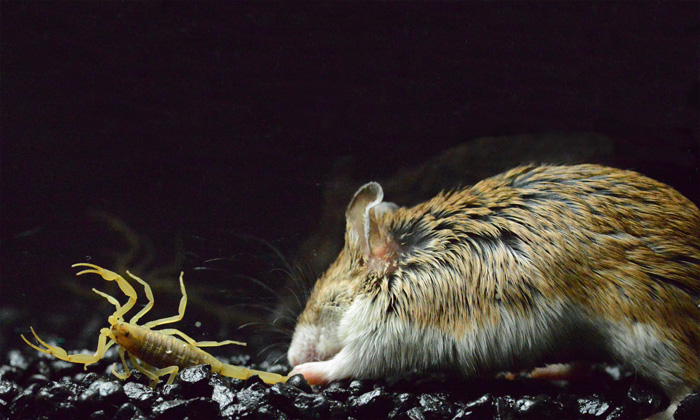
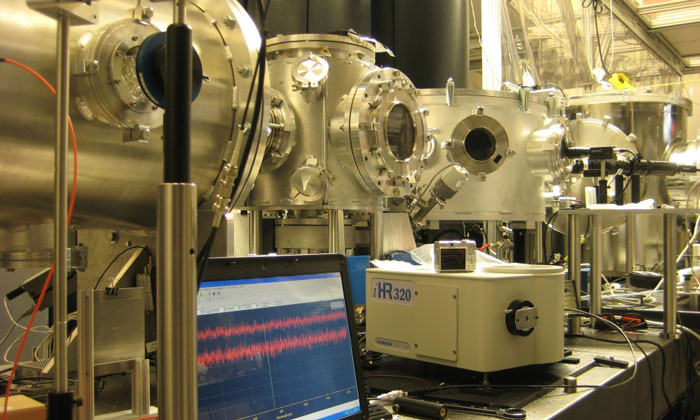
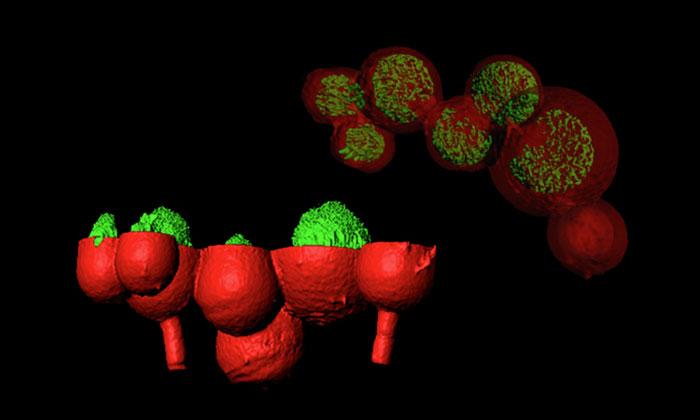








Comments 1
I really enjoy your Science Newsletter and these articles above are great. Being a retired biologist and water guy, I especially appreciate the desal, mouse and crazy ant features. I appreciate your welcome and sharing - even to old Aggies! Thanks and keep up the great science!